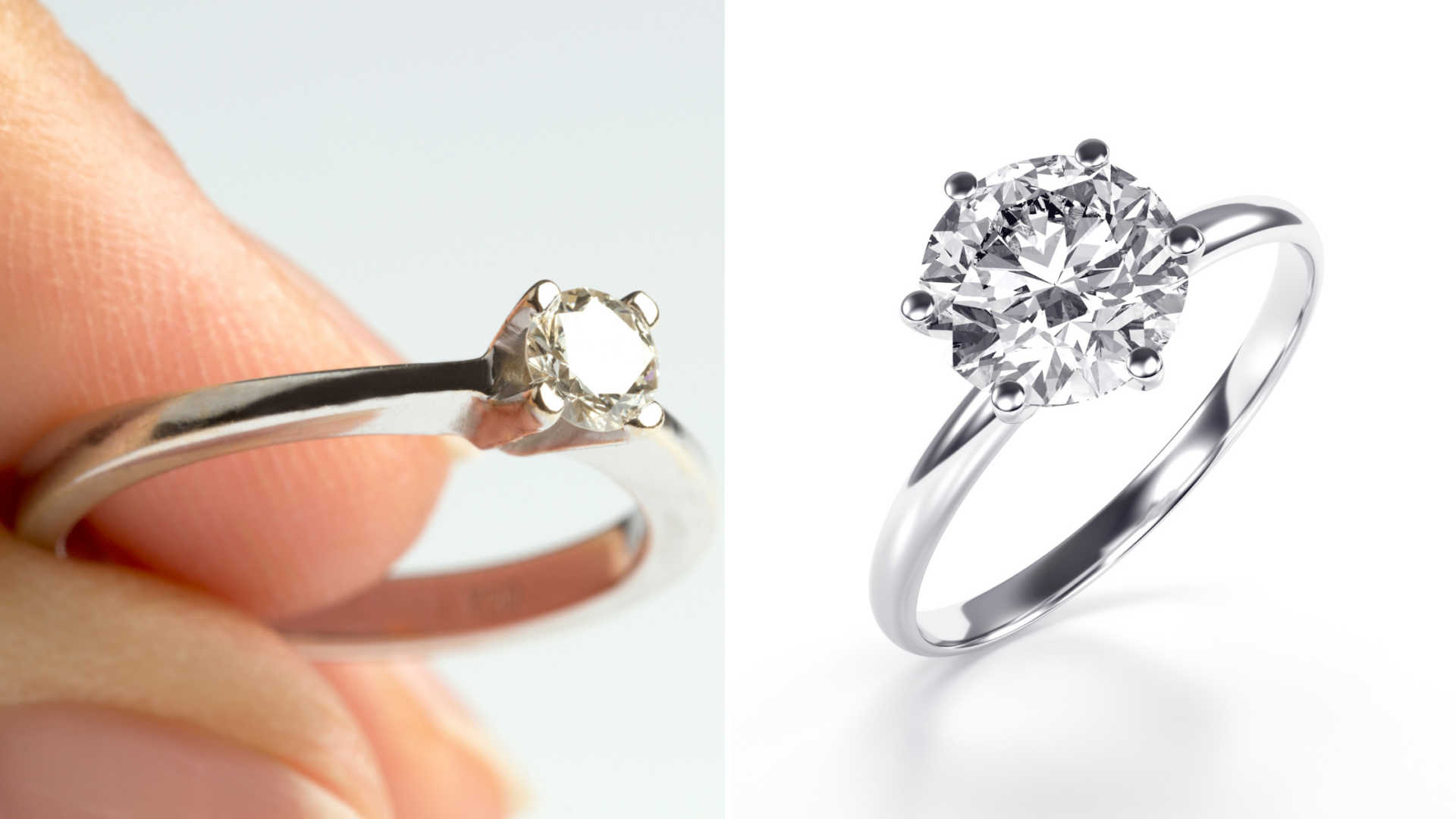hi all-
i''ve read a ton of great posts here (thanks everyone!), and it sounds like a lot of people get custom settings made, but i haven''t seen much discussion on this particular issue.
background: i want a platinum solitaire setting that is a custom design at one of my local jewelers (in the sf south bay)...it''s a very simple piece, just extremely unusual in the sense that amongst the thousands of designs i''ve looked at, it''s very rare to see something that even resembles it...this particular jeweler''s in-house work looks beautiful, but there''s only one smith and the lead time estimates range from 6wks to ??, and although the setting is heavy, they are also on the pricy side...soooo, i''ve been asking around at other jewelers about their lead times and getting rough ballpark prices based on a description of what i want. timewise, i''ve heard 2wks, 3-4, and 6 at other stores, and pricewise, anywhere from ~900''s, 1100/1200, & 1300/1400 (the original runs 1600), so i know that i can get it done faster and a fair amount cheaper elsewhere.
what i''m wondering is, are there different methods of producing the metal setting that will affect appearance and wear later on that i should be questioning the jewelers about when i''m doing my comparison? i thought i understood the process (communicate your design to the jeweler, who creates a wax for you to try on and tweak before they cast it, make sure it''s 950plat, etc.) but i heard from joe escobar diamonds in campbell that they send their designs to a third party to cast because the pieces come out less porous - got the impression this was a factory of some sort that''s capable of a more heavy-duty process. now, this is the first time i''ve heard anything like this after visiting stores like derco, willow glen jewelers, ida''s, etc., so i''m wondering if pieces done at any of these other places will be less durable/strong if in fact the casting is done on-site? or was this just a sales pitch? does anyone else have any other tips on what to consider when choosing a jeweler for a custom project?
thanks for any input!
-ragtop
i''ve read a ton of great posts here (thanks everyone!), and it sounds like a lot of people get custom settings made, but i haven''t seen much discussion on this particular issue.
background: i want a platinum solitaire setting that is a custom design at one of my local jewelers (in the sf south bay)...it''s a very simple piece, just extremely unusual in the sense that amongst the thousands of designs i''ve looked at, it''s very rare to see something that even resembles it...this particular jeweler''s in-house work looks beautiful, but there''s only one smith and the lead time estimates range from 6wks to ??, and although the setting is heavy, they are also on the pricy side...soooo, i''ve been asking around at other jewelers about their lead times and getting rough ballpark prices based on a description of what i want. timewise, i''ve heard 2wks, 3-4, and 6 at other stores, and pricewise, anywhere from ~900''s, 1100/1200, & 1300/1400 (the original runs 1600), so i know that i can get it done faster and a fair amount cheaper elsewhere.
what i''m wondering is, are there different methods of producing the metal setting that will affect appearance and wear later on that i should be questioning the jewelers about when i''m doing my comparison? i thought i understood the process (communicate your design to the jeweler, who creates a wax for you to try on and tweak before they cast it, make sure it''s 950plat, etc.) but i heard from joe escobar diamonds in campbell that they send their designs to a third party to cast because the pieces come out less porous - got the impression this was a factory of some sort that''s capable of a more heavy-duty process. now, this is the first time i''ve heard anything like this after visiting stores like derco, willow glen jewelers, ida''s, etc., so i''m wondering if pieces done at any of these other places will be less durable/strong if in fact the casting is done on-site? or was this just a sales pitch? does anyone else have any other tips on what to consider when choosing a jeweler for a custom project?
thanks for any input!
-ragtop





300x240.png)